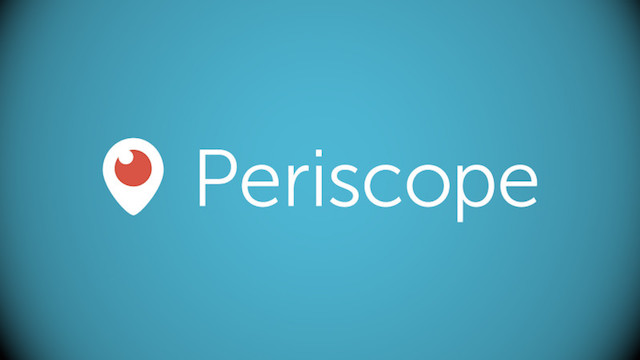Podcast: Play in new window | Download
Subscribe: RSS
The first time I met Neima Abdulahi, it was her first week at our station, WXIA-TV in Atlanta, and I was asked if she could shadow me for a day.
But I quickly learned: Abdulahi is nobody’s shadow.
She grew up in Atlanta and returned professionally three years out of school. As a one-woman crew, she turned daily stories like everyone else, but she kept her eye on a grander goal: becoming a voice for the city she loved, the music she embraced, and the many cultures she represented. She produced a half-hour special about the Atlanta hip-hop scene. She did a longform story about Migos. She looked back with relentless reports on the infamous Atlanta child murders of 1979-81. This summer, she provided some of the most thoughtful and textured coverage of the death of civil rights icon John Lewis.
Abdulahi is an example on how to develop and amplify your voice. But she hasn’t just done so on-air. She has used that momentum to build up an online following, specifically on Instagram, that has allowed her to go part-time at WXIA while freelancing at places like VIBE Magazine. She approaches social media with a marketer’s mentality and a willingness to experiment and adapt to the demands of her audience.
She is my guest on Episode 78 of the Telling the Story podcast.
I’ve been a huge fan of Abdulahi for a long time, and I appreciated her taking the time to share her story. I’m also excited that she’s among the MMJs I interviewed for my new book, The Solo Video Journalist, 2nd Edition, which is now available for purchase. Both the podcast and the book are worth your time.




